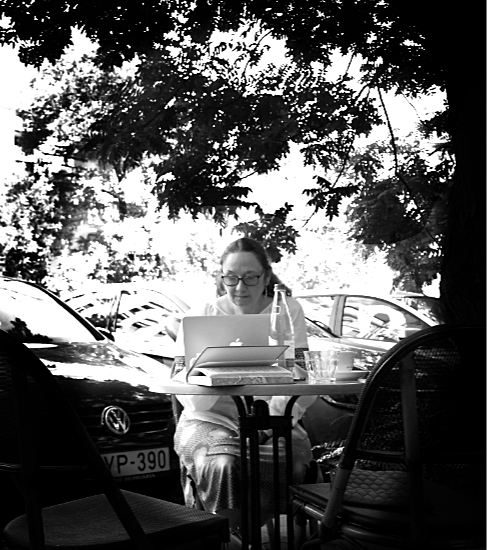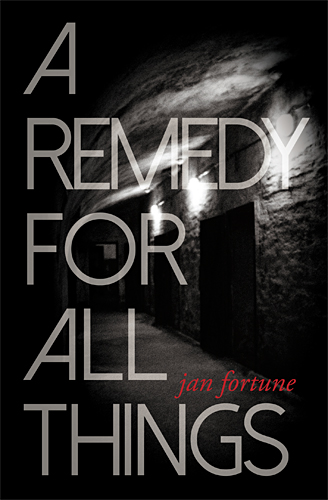I’m endlessly fascinated by how various writing process can be between one writer and the next, but however idiosyncratic these processes might be there are certain stages that have to be negotiated. It has to begin with ideas. For me, these often come from dreams or from the trance-like state that walking can induce – the link between walking and writing, the process of flaneurs like Baudelaire and Benjamin makes complete sense to me. These ideas begin to assume more and more shape – notes and jottings, bits of research, character sketches, hopes of something amazing and doubts that it is ever going to take shape.
 At this stage, some of it starts to form. Maybe you write a timeline. Perhaps you write chapter summaries. You might be someone who writes detailed character sketches or even has a list of questions to ask each character. For me, it’s all about research at this stage. I look up the weather of the time and place I’m writing about. I research the politics, the social climate, the architecture of the streets, the landscape, the local food, historical characters who might turn up in the novel. Before beginning to write This is the End of the Story I read several academic tomes on Don Quixote and several novels that has a Quixotic structure. For the current novel, A Remedy for All Things, I read everything I can find about Attila and all of his poetry that’s in English translation. I also unearthed several interviews with Attila’s family members and with the sculptor who made the most famous statue of him. Then I read several books about the 1956 Hungarian Uprising and as much as I could find about Budapest in the early 90s. From these copious notes some rough sketches of actual story began to be written and the opening, which had been in my head since the first dreams of my new protagonist, Selene.
At this stage, some of it starts to form. Maybe you write a timeline. Perhaps you write chapter summaries. You might be someone who writes detailed character sketches or even has a list of questions to ask each character. For me, it’s all about research at this stage. I look up the weather of the time and place I’m writing about. I research the politics, the social climate, the architecture of the streets, the landscape, the local food, historical characters who might turn up in the novel. Before beginning to write This is the End of the Story I read several academic tomes on Don Quixote and several novels that has a Quixotic structure. For the current novel, A Remedy for All Things, I read everything I can find about Attila and all of his poetry that’s in English translation. I also unearthed several interviews with Attila’s family members and with the sculptor who made the most famous statue of him. Then I read several books about the 1956 Hungarian Uprising and as much as I could find about Budapest in the early 90s. From these copious notes some rough sketches of actual story began to be written and the opening, which had been in my head since the first dreams of my new protagonist, Selene.
From the mass of dreams, ideas, characters, places and research notes, something new has to emerge. Writing This is the End of the Story, I had several vivid incidents that needed to be written. I had them clearly in my head so I didn’t outline anything and I didn’t think about what order to write them in. Each piece emerged and only later did I order and re-order and then go over the whole to make sure the way they fitted together was consistent, even though the narrative was non-linear.
Writing A Remedy for All Things has been completely different. I’m juggling three characters each in different time periods – 1937, 1959 (with flash backs to 1952-9) and 1993. What unites them is that the two main characters, Catherine (Cassie from This is the End of the Story) and Selene are dreaming each other’s lives on successive days in November to early December, days that were the last 28 of Attila József’s life. So the dates impose an essential framework on what would otherwise be a chaotic narrative and each date has two short chapters – one in 1993, one in 1959. With this framework it seemed sensible to outline early so I wrote summaries of each chapter and this enabled me to wrangle a sprawling plot into something manageable and accessible. I don’t believe there is a one size fits all way to write a novel, but certain stories let us know what they need – form and content begin to match if we attend to the material we’re working with.
In this case, with an outline in place, I wrote a first full draft. It was full of typos and inconsistencies. It was too obviously researched at some points (it’s skeleton showing through its skin), but lacking in detail at others. The prose was clunky and some of the chapters were little more than bridging passages, but I had a whole novel. It was time to get a clearer vision of what I might be working towards and to do that demanded that I stop for a while.
With the constant programme editing, events to organise for Cinnamon Press and admin to keep the press running, taking time off from my own writing isn’t difficult. Sometimes it’s hard to find the time to write at all, which is why having writing blocks courtesy of the Arts Council, has been such a blessing with this novel. But whether we have scraps of time or luxurious amounts of it, there are interludes when we need to stop and stand back. Time to get some distance from the first intensely immersive process. Time to dream and wander again. For a week or a month or however long you need (but not so long that it becomes remote from you), let it rest. Don’t read it and don’t let anyone else read it. It’s too early in the process and too vulnerable to being derailed at this stage. (If you have a trusted reader or a mentor, bounce ideas off them, talk in broad terms, get ideas about overall process, get encouragement and support, but don’t second guess the fragile first draft just yet).
I did keep reading everything I could find about Budapest in the right periods while I was letting the first draft settle. And I also had fascinating conversations about the place and events, about Attila József’s poetry and about some of the bigger ideas I was exploring, but I didn’t open the files.
I started the second draft once I knew I was going to be able to visit Budapest to hone the research and really bring the book to life. My aim was to revise the narrative so that any thin passages were fleshed out, so that the research was carried by story, dialogue and character, rather than cluttering the surface. I wanted to improve the prose, kill any darlings, rid the story of inconsistencies, smooth the pacing and keep the conflicts tense. The second draft is a good point to address any structural issues, and for me a key issue was how to use particular objects that revealed connections not only in this novel, but also pointed back to the first novel and potentially forward to the next, For Hope is Always Born.
When I finished the second draft, not long after arriving in Budapest, I immediately went back to the beginning and started editing again. The third draft saw a mixture of changes. Having gone through the structural issues I could concentrate on finer details. But, being in the place where the novel is set and with access to generous people who’d lived through some of what I was writing about and knew Attila Joszef’s work so much more deeply in its original language, also meant I could revisit some of the key ideas. In the third draft I completely changed my mind about one of the most pivotal events of the book, thanks to a conversation with László Kúnos of Corvina Publishers. And I was able to add details about József’s life and about the places that Selene would have known only because I was able to visit important museums and sites and talk to people.
The fourth draft was a thorough edit of all of this, again reading for consistency as well as for every stray comma, typo or missing word. Drafts two, three and four came hard on the heels of each other because I had an intense time set aside to work in Hungary, but there were breaks, even if just for a day, and lots of conversations, as well as long walks and plenty more dreams to fuel the process.
And then I came home, got back into work and didn’t look at the manuscript for several weeks. Another rest is no bad thing and having worked on redrafting, editing and editing again, it was useful to get some distance. The hardest work to see objectively is always our own. I can spot tics and flaws in other people’s writing that I’m oblivious to in my own. If you get to this stage and want another view on the whole thing now is a good time to hand over to a trusted reader or work with mentor.
After all of this, it’s time to hone. This is where I am now – going over every chapter very slowly, realising that even in a fifth draft, there are typos, missing punctuation, phrases that don’t quite work, some glaring bits of overwriting. I’m in the last stages of honing, maybe a week to go and then it can go off for a full overhaul by an objective and very trusted reader.
When it comes back from that, I’ll be onto the final draft (or drafts) and then it will begin the editing process ready for publication. And, of course, the last stages of writing are only the first stages of having a book that needs to make its way into the world … a whole other process.


